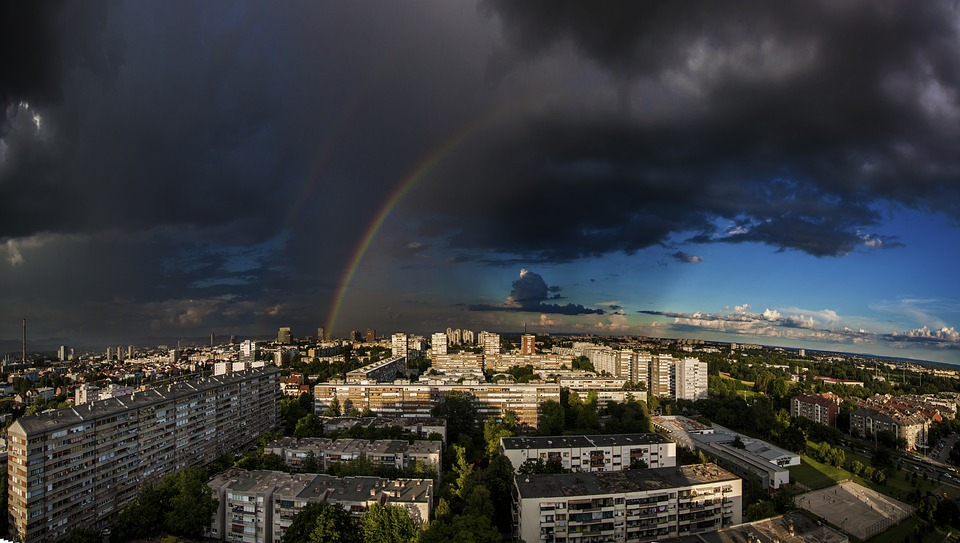As Poslovni Dnevnik/Marija Brnic writes, in the media presentation of the results of last year’s damning census, the increase in housing units was singled out as a surprise, but this is not really unexpected.
In the previous census, the one from back in 2011, the same thing happened, the number of inhabitants of the country dropped, and the number of residential buildings increased. The difference is that the then smaller decline in population was accompanied by significantly higher growth in the number of real estate.
Specifically, in 2011, a total of 4.285 million inhabitants were counted in Croatia, ie 153 thousand less than ten years earlier, while in that interval the number of housing units increased by 370 thousand, to 2.247 million buildings.
The latest census recorded 3.889 million inhabitants and 2.350 million housing units.
However, the first data doesn’t really give us a complete picture because, according to the president of the Real Estate Association, Dubravko Ranilovic, further processing has yet to reveal whether the reconstruction of the housing ”stock” has finally begun and then we need to be given an accurate picture of the size, quality and purpose of these facilities. Reconstruction of the housing stock, he says, has been lacking so far.
In addition, the picture will be framed by data on the age structure of the population, as well as how many members of what we consider the Croatian youth have an apartment. So far, the population has been aging, and entering the EU acted as a “booster” for the emigration of Croatian youth.
The previous census from back in 2011 determined the average age of the country’s residents to stand at about 42 years, which was three years more than in 2001. Now, of course, ”we” will be even older, the only question is by how much.
92 percent of men and 84 percent of women under the age of 29 still live with their parents.
Dwellings are important in the overall picture, because one of the most cited problems in the emigration of Croatian youth was their inability to provide housing, independence and leave their parents’ home. According to recently published Eurostat data, many households in Croatia are overcrowded, and the amount of Croatian youth still living with their parents is incredibly high.
In Croatia, 36 percent of the population lives in overcrowded homes, although 91 percent of people live in their own property, but these properties are too small, have too few rooms or too many household members. By comparison in the EU, the least overcrowded households are in Ireland, Malta and the Netherlands, where less than 5 percent of the population lives in overcrowded properties/homes.
When looking at the percentage of young people aged 16 to 29 living with their parents, Croatia is the EU record holder, because in those years, most Croatian youth still live with their parents. 92 percent of Croatian men and 84 percent of Croatian women still live ”at home”, while the EU average is 74 percent of men and 64 percent of women.
This matter will be made even clearer if it is known that apartments in Croatia make up only a quarter of the properties in the country, which might come as a surprise to some, so it is even clearer why young people find it much more difficult to stand on their own two feet and become independent.
Eurostat also found that from 2010 to the end of the third quarter of 2021, Croatian property prices, both for purchase and rent, were significantly below the EU average. Croatia is therefore among the countries with the lowest growth, and interestingly, the largest increase was in countries where Croatian youth tends to migrate, such as in Germany and Austria when it comes to selling prices, and Ireland when it comes to rent.
However, the prices themselves, although lower in Croatia than in Western European countries, are not crucial, according to Ranilovic, because it is noticeable that they fell in the areas from which the most people emigrated in recent years, and in those areas there were fewer transactions anyway. In addition, Ranilovic stated that as many as a quarter of Croatian property purchases, about 7,000 of them, were made by foreigners in Croatia last year.
For more, check out our dedicated politics section.












